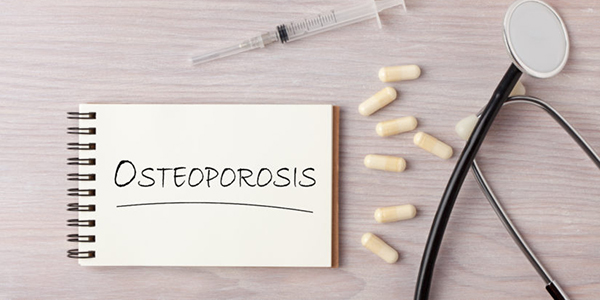OMW, or Osteoporosis Management in Women with fractures, is a Quality HEDIS measure. The HEDIS requirement is that women ages 60-84 years should have a bone density test or be started on an osteoporosis medication within six months of sustaining a fracture (excluding skull and finger fractures.)
Filling a prescription for any of the FDA-approved medications for osteoporosis will also satisfy this metric. Note: calcium and vitamin D, though useful, do NOT count for closure of this quality gap.
A woman who underwent a bone density test within two years before the date of the fracture is excluded from the metric since Medicare guidelines only allow the test every two years. A woman already on an osteoporosis treatment is also excluded.
Fracture is a frequent cause of loss of independence in this population. You’ve probably seen this happen in your practice—Mrs. Smith is going along fine at home alone, attending sewing club, managing her ADLs and IADLS, when she has an unexpected fall and fractures her hip. After surgery and rehabilitation, she never quite gets back to her prior baseline. Within a short time, she needs a different level of care, and her previous quality of life is diminished.
Why is this so important for patient care? A woman who has sustained an osteoporotic fracture has a 10 percent risk of another fracture within one year, 18 percent within two years, and 31 percent within five years. A prior fracture is the strongest predictor of subsequent fractures in this population, yet the post-fracture treatment rates for osteoporosis remain low in this country.

